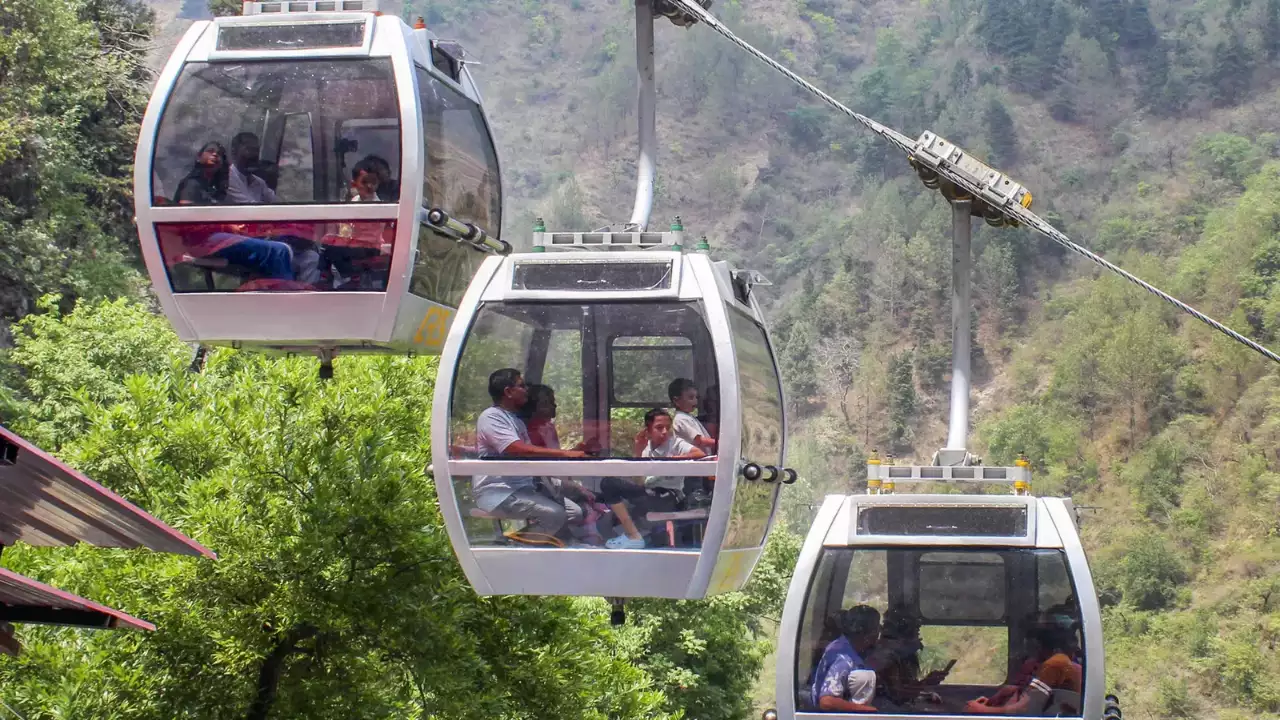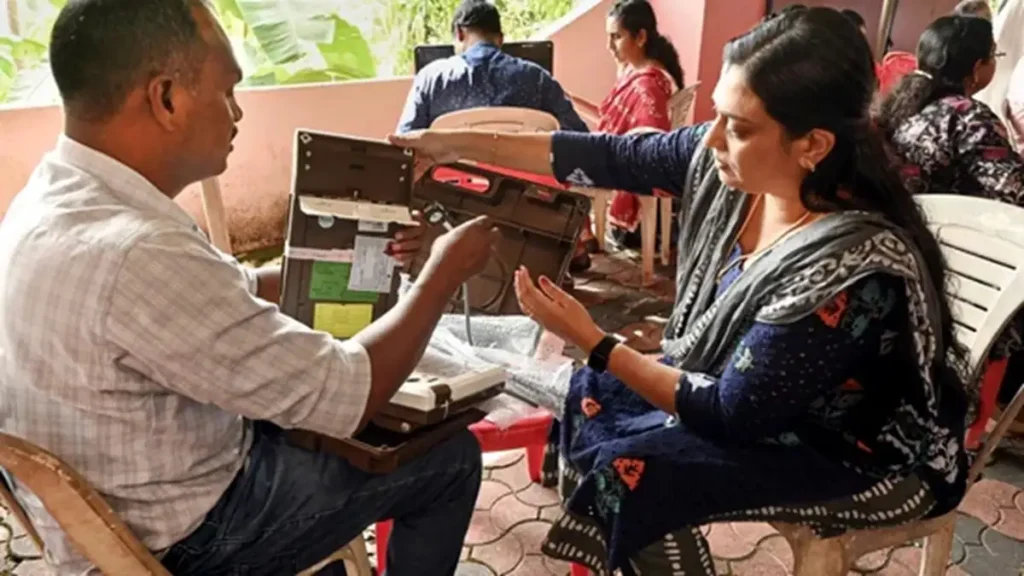Now Reading: Pilgrimage Peaks to Get a Lift: Centre Approves ₹7,000 Crore Ropeway Projects at Kedarnath and Hemkund Sahib
-
01
Pilgrimage Peaks to Get a Lift: Centre Approves ₹7,000 Crore Ropeway Projects at Kedarnath and Hemkund Sahib
Pilgrimage Peaks to Get a Lift: Centre Approves ₹7,000 Crore Ropeway Projects at Kedarnath and Hemkund Sahib

In a significant boost to pilgrimage tourism in Uttarakhand, the central government has greenlit ambitious ropeway projects connecting Kedarnath and Hemkund Sahib, two of the most revered shrines in the Himalayas. The projects, estimated to cost a staggering ₹7,000 crore, aim to drastically reduce travel time, enhance accessibility for devotees, and boost the region’s overall infrastructure.
This move is expected to bring immense relief to pilgrims, many of whom face arduous treks through challenging terrain to reach these sacred sites. The current routes to Kedarnath and Hemkund Sahib involve long and physically demanding journeys, often taking several days and posing significant challenges for elderly devotees and those with health issues.
Kedarnath Ropeway: A Swift Ascent to Lord Shiva’s Abode
The proposed Kedarnath ropeway will span approximately 13 kilometers, connecting Sonprayag to the Kedarnath shrine. Currently, pilgrims undertake a 16-kilometer trek from Gaurikund (which is reached from Sonprayag) to Kedarnath, a journey that can take up to 10 hours or more, depending on weather conditions and individual fitness levels. The ropeway is expected to cut travel time down to a mere 30-40 minutes, significantly improving the pilgrimage experience.
The Kedarnath ropeway project is particularly crucial given the shrine’s location at a high altitude and the frequent occurrence of landslides and inclement weather in the region. The ropeway will provide a safer and more reliable mode of transportation, ensuring year-round accessibility to the temple.
Hemkund Sahib Ropeway: Easing the Journey to the Star-Shaped Gurdwara
Similarly, the Hemkund Sahib ropeway, connecting Govindghat to Hemkund Sahib, will significantly reduce the arduous trek to the revered Sikh shrine. The current trek from Govindghat to Hemkund Sahib is approximately 19 kilometers and involves a steep ascent, often taking two days. The ropeway is expected to shorten the journey to just about 45 minutes, making it accessible to a wider range of devotees, including the elderly and those with physical limitations.
Hemkund Sahib, nestled amidst snow-capped peaks and a pristine glacial lake, holds immense spiritual significance for Sikhs. The ropeway will not only enhance accessibility but also boost tourism to the region, contributing to the local economy.
Impact and Benefits:
The approval of these ropeway projects is expected to have a transformative impact on the region:
- Enhanced Accessibility: The ropeways will make pilgrimages to Kedarnath and Hemkund Sahib significantly easier, enabling a larger number of devotees to visit these sacred sites.
- Reduced Travel Time: The drastic reduction in travel time will make pilgrimages more convenient and less physically demanding, particularly for elderly devotees and those with health issues.
- Improved Safety: The ropeways will provide a safer and more reliable mode of transportation, reducing the risks associated with trekking through challenging terrain and adverse weather conditions.
- Boost to Tourism: The enhanced accessibility and convenience will attract more tourists to the region, boosting the local economy and creating employment opportunities.
- Infrastructure Development: The projects will contribute to the overall infrastructure development of the region, including the construction of supporting facilities such as parking areas, rest stops, and sanitation facilities.
- Environmental Considerations: While the projects aim to improve accessibility, the government has emphasized the importance of minimizing environmental impact. Detailed environmental impact assessments will be conducted to ensure sustainable development.
Challenges and Considerations:
Despite the numerous benefits, the projects also face certain challenges:
- Terrain and Weather: The challenging terrain and unpredictable weather conditions in the Himalayan region pose significant engineering and construction challenges.
- Environmental Impact: The construction and operation of the ropeways must be carefully managed to minimize environmental impact and protect the fragile ecosystem.
- Land Acquisition: The acquisition of land for the projects may pose challenges, requiring careful negotiation and compensation for affected landowners.
- Safety and Maintenance: Ensuring the safety and reliability of the ropeways will require rigorous maintenance and safety protocols.
Looking Ahead:
The approval of these ropeway projects marks a significant step towards enhancing pilgrimage tourism in Uttarakhand. The government has expressed its commitment to ensuring the timely and successful completion of the projects, while prioritizing environmental sustainability and the safety of pilgrims. These projects are poised to transform the pilgrimage experience and contribute to the overall development of the region.
The projects are under the Parvatmala scheme of the government, which aims to improve connectivity in hilly areas. The government is focusing on building ropeways as an alternative to roads, as they are a more environmentally friendly and sustainable mode of transport in mountainous regions. The government has expressed that it will continue to work on similar projects in other hilly areas of the country.










